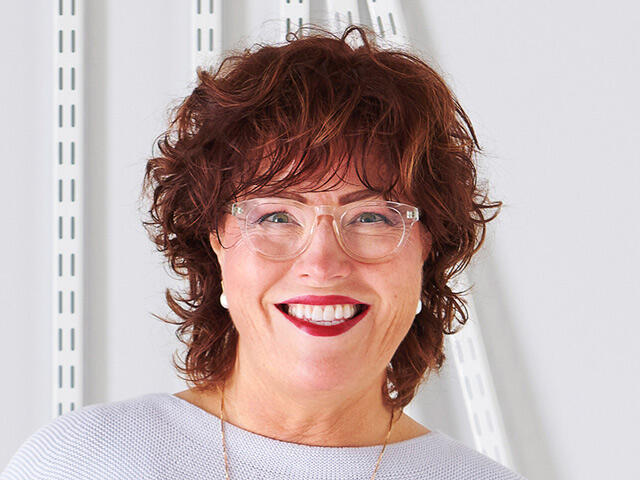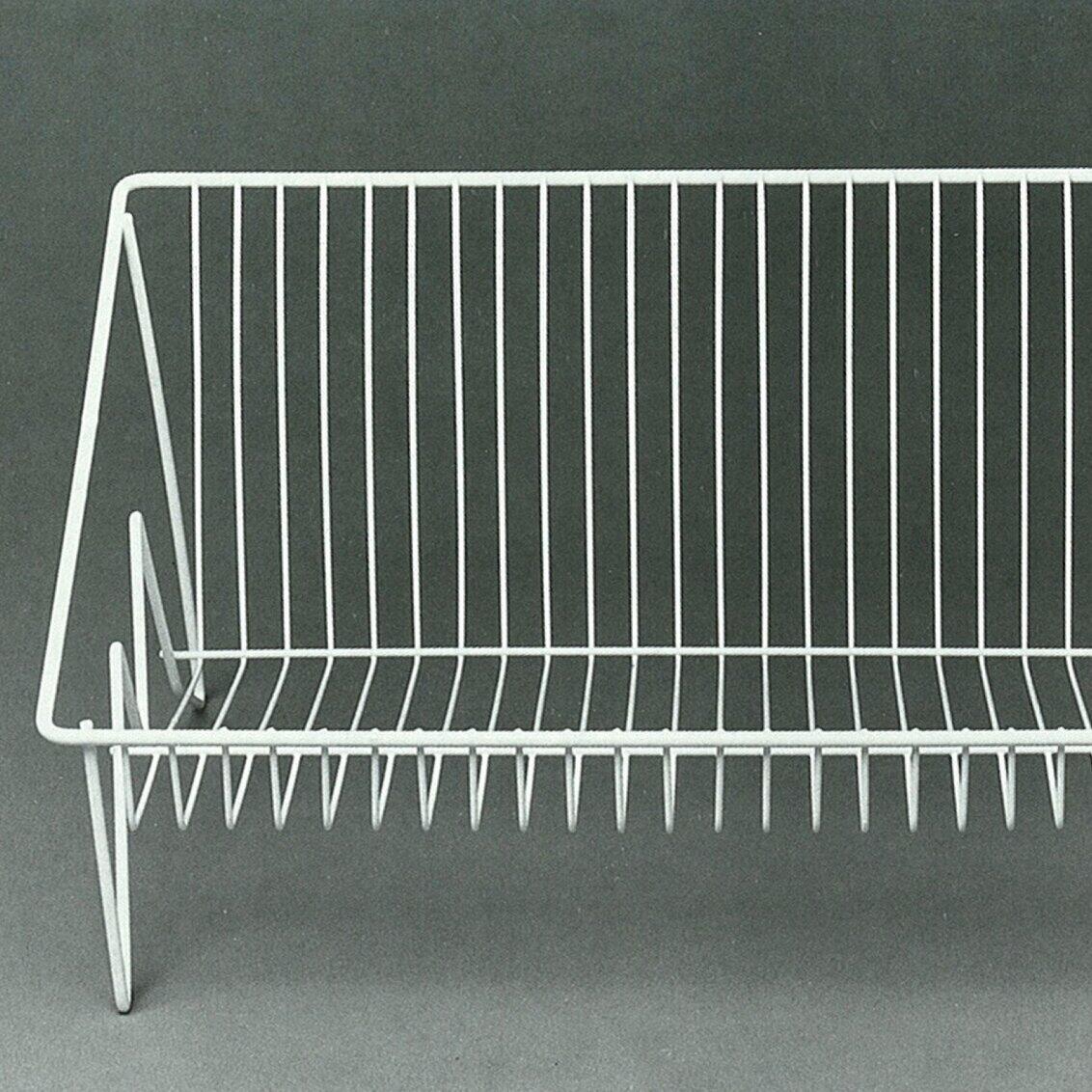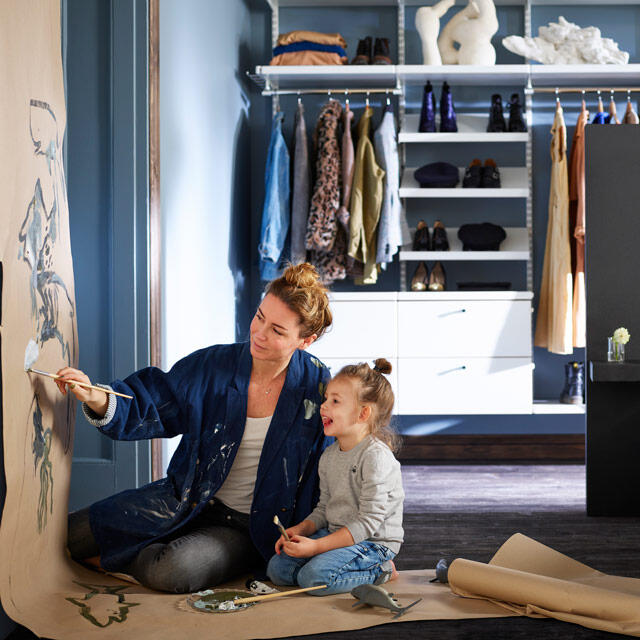ELFA INSIGHTS
Treasure troves in homes:
What we collect and store
Homes all over the world hide an impressive array of items. Everything from cultural heritage to odd collectibles find their place in our homes. Many of these objects carry significant personal and cultural meaning. But it’s not just about nostalgia - as our world changes, our collections also reflect the new trends, interests and sometimes even our preparations for the future.






















